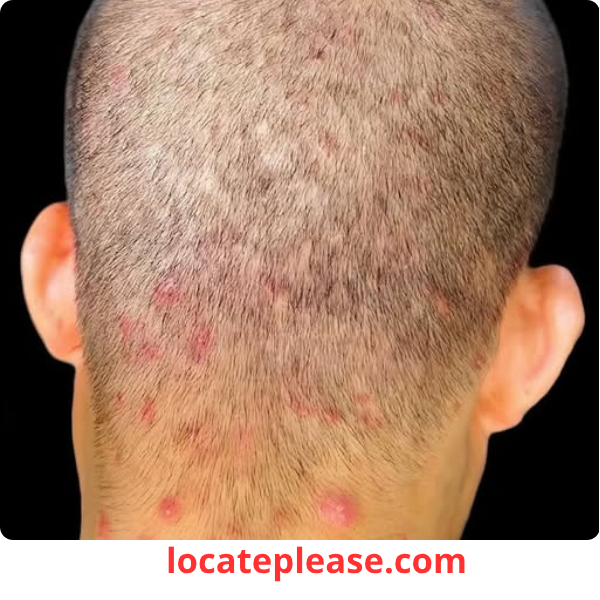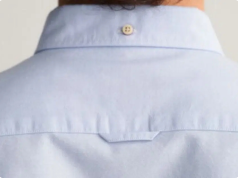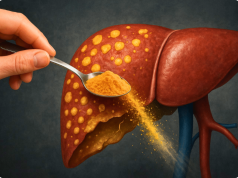If you’re a parent dealing with your child’s persistent scalp breakouts, you’re not alone. You’ve likely tried multiple shampoos, avoided fragrances, switched brands, and even gone “all-natural” — only to see those red, itchy bumps return like clockwork.
You’re not doing anything wrong.
But if the problem keeps flaring up, it might be time to look beyond the shampoo bottle.
Scalp breakouts in children can be more than just dandruff or dry skin. They can signal bacterial or fungal imbalances, sensitivities, or even deeper skin conditions that require a more targeted approach.
Let’s dive into what’s really going on — and what actually helps.
1. What Is Bacterial Folliculitis? The Real Culprit Behind Scalp Bumps
One of the most common — and often misdiagnosed — causes of scalp breakouts is bacterial folliculitis.
This condition occurs when hair follicles become infected, usually by Staphylococcus aureus, a bacteria that naturally lives on the skin but can overgrow under the right conditions.
Symptoms include:
- Red, pimple-like bumps on the scalp
- Itching, tenderness, or pain
- Pus-filled lesions
- Crusting or flaking around the hairline
It can easily be mistaken for acne or eczema — but unlike simple irritation, folliculitis often worsens without proper treatment.
2. Why Shampoo Alone Isn’t the Solution
While switching to gentle, sulfate-free, fragrance-free shampoos is a smart first step, it’s not always enough. Here’s why:
- Harsh ingredients like sulfates and synthetic fragrances can strip the scalp, leading to dryness and irritation — but even “gentle” shampoos can contain hidden allergens.
- Overwashing can disrupt the scalp’s natural pH and microbiome, making it more vulnerable to infection.
- Residue buildup from conditioners, styling products, or sweat can clog follicles — especially in active kids who play outside or swim.
👉 In short: Clean isn’t always enough. Balance is key.
3. Common Causes of Scalp Irritation in Children
Beyond bacteria, several factors can trigger or worsen scalp flare-ups:
|
Fungal infections (e.g., ringworm)
|
Causes circular, scaly patches and hair loss — often mistaken for eczema
|
|
Allergic reactions
|
To fragrances, preservatives, or botanical extracts in hair products
|
|
Chlorine & pollution
|
From swimming pools or city environments — dries and irritates the scalp
|
|
Hats, helmets, or headbands
|
Trap sweat and bacteria, creating a breeding ground for folliculitis
|
|
Poor drying habits
|
Going to bed with wet hair encourages fungal and bacterial growth
|
4. The Truth About Shampoo Ingredients
Not all shampoos are created equal — and not all “natural” labels are trustworthy.
✅ Look for:
- Sulfate-free formulas — gentler on sensitive skin
- Fragrance-free (not just “unscented” — some still contain masking fragrances)
- Zinc pyrithione, salicylic acid, or ketoconazole — active ingredients that fight bacteria and fungi
🚫 Avoid:
- Sodium lauryl sulfate (SLS) — overly drying
- Parabens and phthalates — potential irritants
- Essential oils (e.g., tea tree, lavender) — natural doesn’t mean safe; they can be allergens
💡 Patch test new products behind the ear or on the arm before using on the scalp.
5. Natural Remedies That Actually Work
Some viral “hacks” (like baking soda scrubs) do more harm than good — but a few natural treatments are backed by science:
✅ Tea Tree Oil (Diluted!)
- Antibacterial and antifungal — effective against S. aureus and fungal infections.
- Use: 5–10% diluted solution in a carrier oil (like coconut oil) or mixed into shampoo.
- ⚠️ Never apply undiluted — it can cause burns or irritation.
✅ Aloe Vera
- Soothes inflammation and moisturizes without clogging pores.
- Apply pure gel directly to affected areas before washing.
✅ Apple Cider Vinegar Rinse (Occasionally)
- Helps restore scalp pH and reduce bacteria.
- Mix 1 part ACV with 3 parts water — apply after shampooing, then rinse.
❌ Skip the hacks: Baking soda, lemon juice, and undiluted essential oils can damage the scalp barrier.
6. Proper Hair Washing Techniques Matter
How you wash is just as important as what you use:
- Wash 2–3 times per week — overwashing dries the scalp; underwashing causes buildup.
- Massage gently — don’t scratch or scrub aggressively.
- Rinse thoroughly — leftover shampoo residue can irritate.
- Dry hair completely — dampness breeds bacteria and fungi.
- Wash hats and pillowcases weekly — they harbor sweat and germs.
7. Over-the-Counter Treatments That Help
For mild to moderate breakouts, try:
- Neutrogena T/Gel (salicylic acid) — exfoliates and unclogs follicles
- Nizoral (ketoconazole shampoo) — fights fungal and bacterial causes
- Head & Shoulders Clinical Strength — contains pyrithione zinc, proven to reduce inflammation
Use 2–3 times a week, leaving on for 5 minutes before rinsing.
8. Dietary Changes That Support Scalp Health
The skin reflects what’s happening inside the body. A few key nutrients can make a big difference:
|
Omega-3 fatty acids
|
Salmon, chia seeds, walnuts
|
Reduces inflammation
|
|
Zinc
|
Pumpkin seeds, lentils, eggs
|
Supports immune function and skin repair
|
|
Vitamins A, C, E
|
Carrots, oranges, spinach, almonds
|
Antioxidants that protect skin cells
|
|
Probiotics
|
Yogurt, kefir, fermented foods
|
Supports healthy gut-skin axis
|
Consider a children’s multivitamin if diet is limited.
9. When to See a Dermatologist
If the breakouts:
- Don’t improve after 4–6 weeks of OTC treatment
- Spread, become painful, or start causing hair loss
- Are accompanied by fever or swollen lymph nodes
…it’s time to see a pediatric dermatologist.
They may prescribe:
- Topical or oral antibiotics (for bacterial folliculitis)
- Antifungal creams or shampoos (for ringworm or yeast)
- Steroid lotions (to reduce inflammation in severe cases)
Final Thoughts: It’s Not Just About the Shampoo
Scalp breakouts in children are often not a hygiene issue — they’re a skin health issue.
While switching shampoos is a good start, lasting relief comes from:
- Identifying the root cause (bacteria, fungus, allergy)
- Using the right treatments
- Practicing gentle, consistent care
- Supporting overall health from the inside out
So if you’ve been battling this for months, take heart:
You’re not alone, and it’s not your fault.
With the right approach, most scalp flare-ups can be managed — and even prevented.
🩺 And remember: When in doubt, see a dermatologist. Your child’s comfort — and confidence — is worth it.










